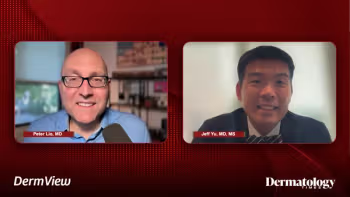
Asian threads create patterns in city's cultural tapestry
Asian influence is hard to miss in the diverse city of San Francisco, where about a third of the estimated 744,000 residents have Asian roots (2004 estimate, U.S. Census Bureau). It seems fitting that San Francisco's City Hall faces the newly redesigned Asian Art Museum, the work of highly respected Italian architect Gae Aulenti. This museum houses an impressive collection of 15,000 art objects — including statues made of jade, stone and bronze, and paintings, scrolls and furniture representative of many Eastern cultures.
Asian influence is hard to miss in the diverse city of San Francisco, where about a third of the estimated 744,000 residents have Asian roots (2004 estimate, U.S. Census Bureau). It seems fitting that San Francisco's City Hall faces the newly redesigned Asian Art Museum, the work of highly respected Italian architect Gae Aulenti. This museum houses an impressive collection of 15,000 art objects - including statues made of jade, stone and bronze, and paintings, scrolls and furniture representative of many Eastern cultures.
Asian festival days, such as the Cherry Blossom Festival or Chinese New Year, also leave imprints each year on residents and visitors alike. A continual kind of celebration goes on throughout the year both in Japantown and Chinatown.
Visitors can enjoy shopping, eating and exploring Japantown, or "Nihonmachi," as the locals call it, which began as a kind of delta for Japanese immigrants and now is a 5-acre complex that includes a five-tiered pagoda - symbol of lasting peace. At Post and Buchanan streets, there is much to do, eat and buy in a beautiful array of shops, hotels, theatres, sushi bars and restaurants. The center includes notable landmarks such as the Ruth Asawa bronze fountains and stone benches. The Japanese Cultural and Community Center, located near the mall, offers art exhibitions and film screenings inspired by Asian culture. Also, the Soto Zen Mission Sokoji Buddhist Temple is one of five churches offering services in the area - an interesting place to explore.
Chinatown has its own Chinese Culture Center at the Holiday Inn, where sightseers can take part in guided tours to explore history and the Chinese culinary tradition. Also, the Chinese Historical Society at 985 Clay displays a wide array of Chinese-American photographs and artifacts. Bilingual exhibits document Chinese Immigration during the 19th century and explore the role that Chinese laborers had in shaping major developments in the fishing, railroad, mining and agricultural industries of the American West.
The Golden Gate Fortune Cookie Factory on Ross Alley is a century old, and workers still make cookies by hand. Interestingly, the fortune cookie originated in the United States - not in China. It has only been in the last 15 to 20 years that a fortune cookie was actually broken, its wisdom plucked and its crunchy bits eaten in China, according to
If your schedule doesn't permit much sightseeing, consider at least taking time while in San Francisco to enjoy a genuine Chinese-American fortune cookie.
For more information:
Chinese Historical Society of America
Newsletter
Like what you’re reading? Subscribe to Dermatology Times for weekly updates on therapies, innovations, and real-world practice tips.


















